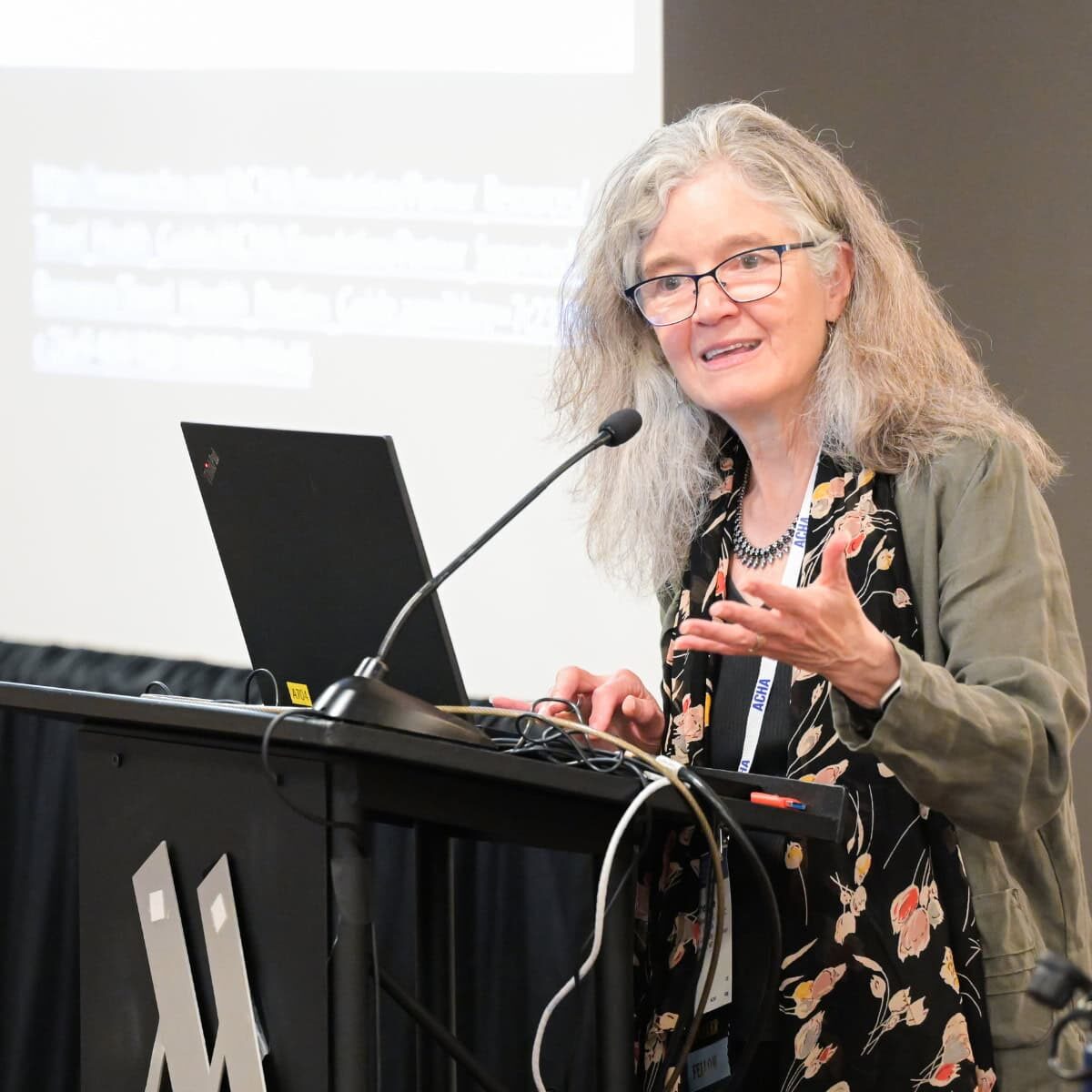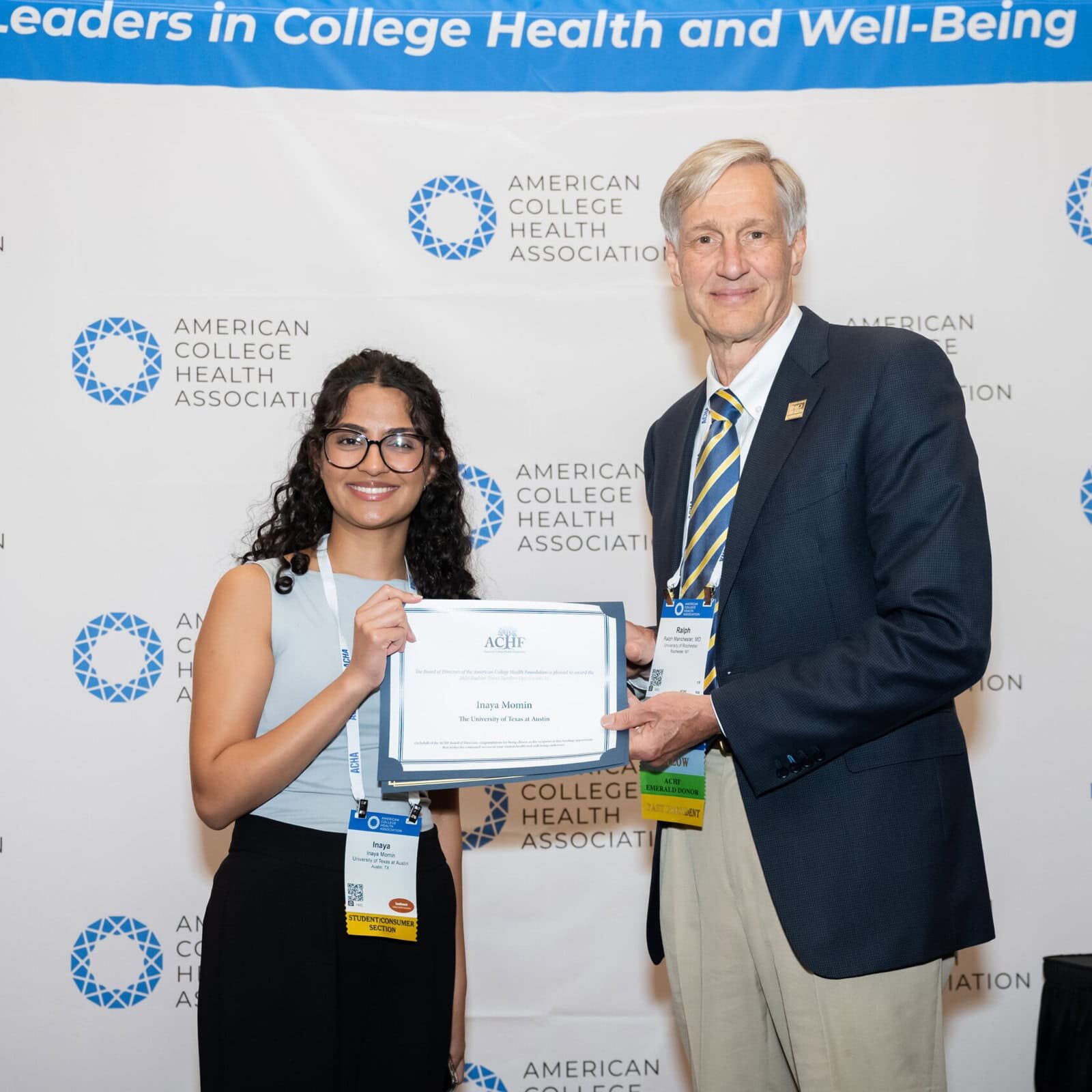
Who We Are
Since 1920, the American College Health Association (ACHA) has been the principal leadership organization for advancing the health and well-being of college students and campus communities. We are a collaborative community where members can address issues important to their work, and we provide research, advocacy, resources, and education to support higher education professionals and their institutional missions.
Our Mission & Vision
Health and well-being are foundational to student success. ACHA advances the health of college students and campus communities through advocacy, education, and research.
Our Values & Positions
We believe that for students to succeed, they need accessible, equitable health and well-being services.
Governance
Learn about our bylaws, structure, organizational policies, and more.
Land Acknowledgement
As an organization promoting healthy individuals, ACHA values social justice, human dignity, and respect for all. These values shape our mission and drive us to recognize the enduring presence of Indigenous people and their traditional territories in our everyday lives.

Meet Our Team
Meet Our Team

ACHA Board of Directors
Meet the leaders who shape the future of the association and the field of college health and wellness.

National Office Staff
Meet the people who oversee all aspects of ACHA’s work and serve and support our members.

Awards & Fellows
Each year, we honor exemplary members for exceptional service and commitment to the association and college health.
Foundation
The American College Health Foundation supports ACHA and student health and well-being by funding sustainable college health initiatives and programs.

Our Impact
See how the Foundation is making a difference.

Our Projects
We partner with various organizations and corporations on projects that benefit students and college health professionals.

Apply for Funding
ACHA members can apply for Foundation funds to support campus projects, professional development, and more.

Support the Foundation
Contribute to the health and wellness of our nation’s 19 million college students by making a donation to the Foundation.




